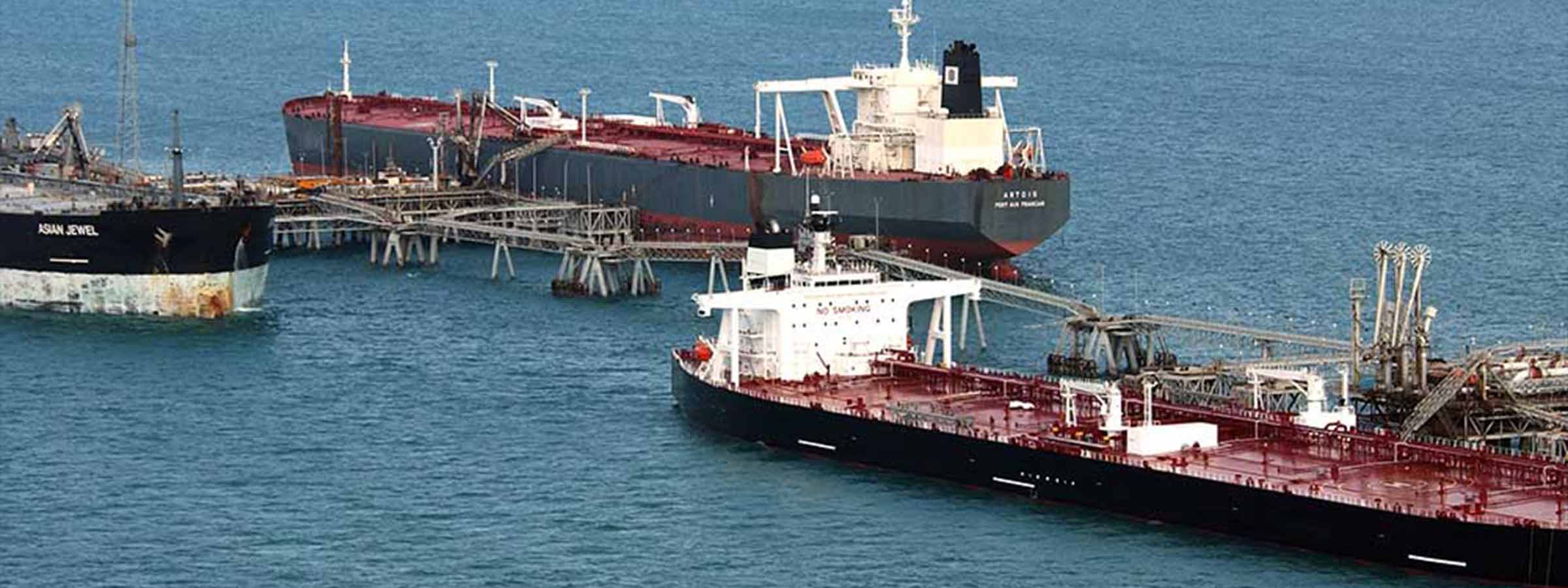Author: Graham Brown, Deputy Managing Director, Sonardyne
The recent surge of successful attacks on vessels transiting the Strait of Hormuz and the Gulf of Oman once again highlights the relative ease with which vessels at sea can be targeted.
As political tensions in the region continue to escalate, owners and operators of oil and LNG tankers are urgently rethinking how best to keep their crews and fleets safe and energy supplies flowing.
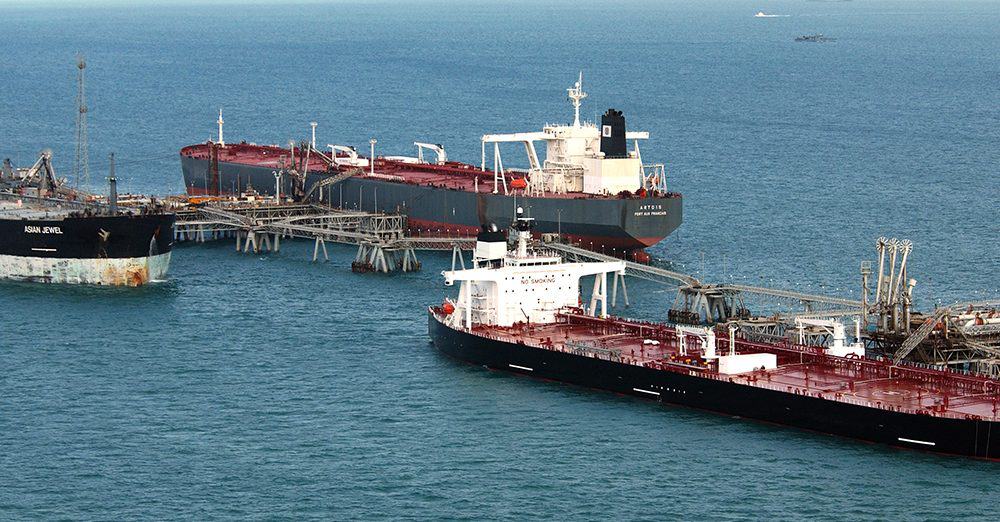
Measures such as radar and long range thermal cameras are effective at closing security gaps above the water – but what about under the water? What’s available to help security personnel spot submerged threats from reaching their target?
The answer is intruder detection sonars (IDS). In simple terms, these systems monitor the water column around a ship to alert an operator to the presence of an unauthorised target – be it a scuba diver or underwater drone. Once considered the preserve of the military, intruder detection sonars can now be viewed as commercially available, off-the-shelf security technology.
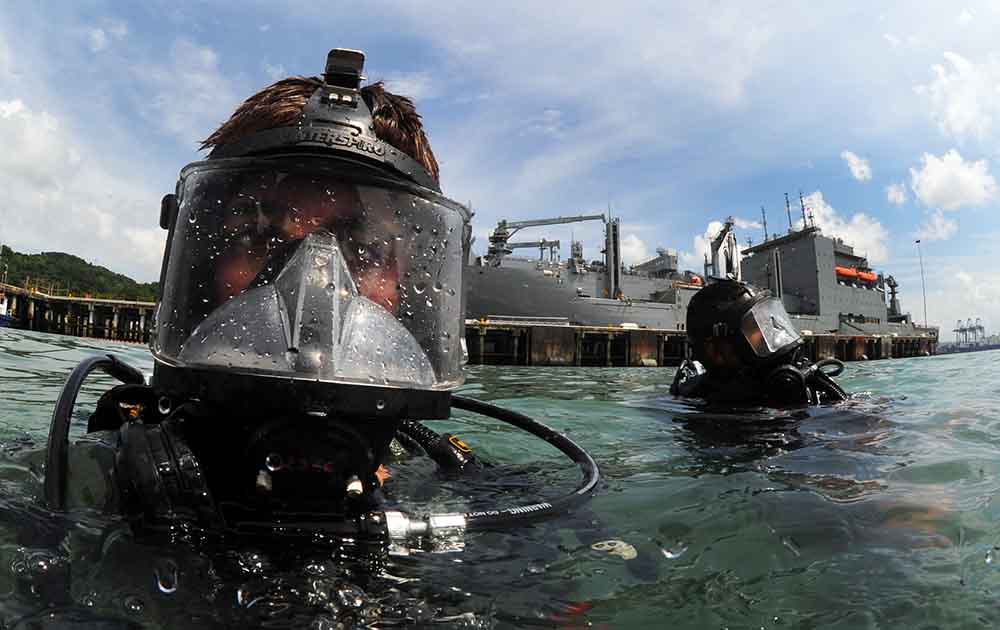
Many large commercial ports and harbours now have IDS systems deployed at key entrance points to protect visiting ships. However, why not consider fitting systems like our own Sentinel IDS to the vessel itself so that it remains protected wherever it goes? On tankers in service, how practical is that? Well, easier and quicker than you may think, as one of our original design aims for Sentinel was to protect ships.
Retrofitting an intruder detection sonar into an oil and gas tanker
There are several ways to deploy a Sentinel system from a tanker and each has its own merits. First, a quick and temporary solution to protect the vessel when it is at anchor, offshore, would be to overboard the sonar using a simple davit and free suspend the sonar by its cable several metres under the vessel.
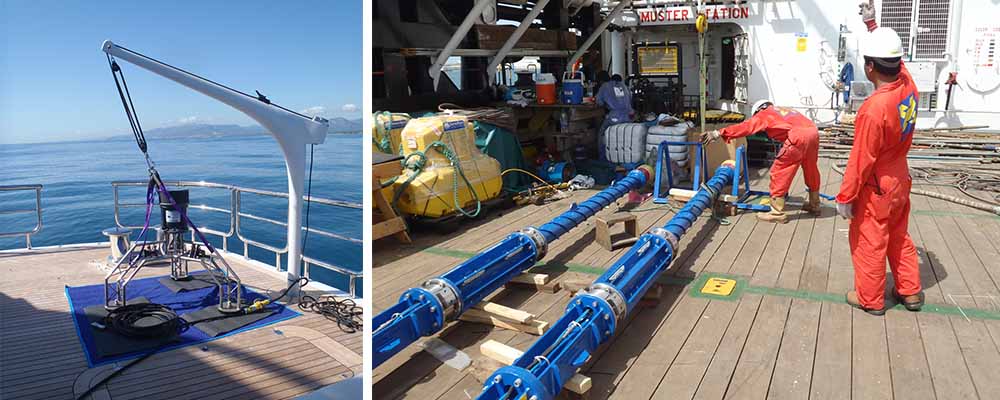
Second, a more permanent and optimal solution is to attach a vertical rail or through-tube support to the side of the vessel. These deployment systems would need to be fitted when the vessel is docked in port and would need welding to the ship’s hull. On a large, tall tanker, this will involve welding several sections together to the side of the vessel to guide the sonar from deck level down into the water below the hull, again several metres below the sea surface, to provide 360-degree coverage.
With any of these deployment arrangements, at any time the vessel is stationary, the sonar can be deployed and switched on in minutes to monitor for divers, swimmer delivery vehicles or unmanned systems that might be nearby.
The reliable detection of underwater intruders – and discrimination from marine fauna – is a notoriously difficult problem. But, our Sentinel system can detect threats hundreds of metres away – and even tells you what the threat is. In the real world, performance like this buys you time; time to consider the most effective response to the emerging threat. This could be requesting support from nearby naval forces, deploying your own security team to intercept the threat, or getting the vessel underway and simply moving away from danger.
Fitting an intruder detection sonar into a new vessel
Of course, the best approach is to consider your vessel’s security at the start of the design process rather than when it’s already entered service – devoting as much consideration as you would to say the choice of engines or bridge layout.
When fitting an IDS into a new vessel, the most discrete method – and the one that will deliver best performance – is to install it on a hydraulic pole that’s lowered and raised through the hull at the touch of a button.
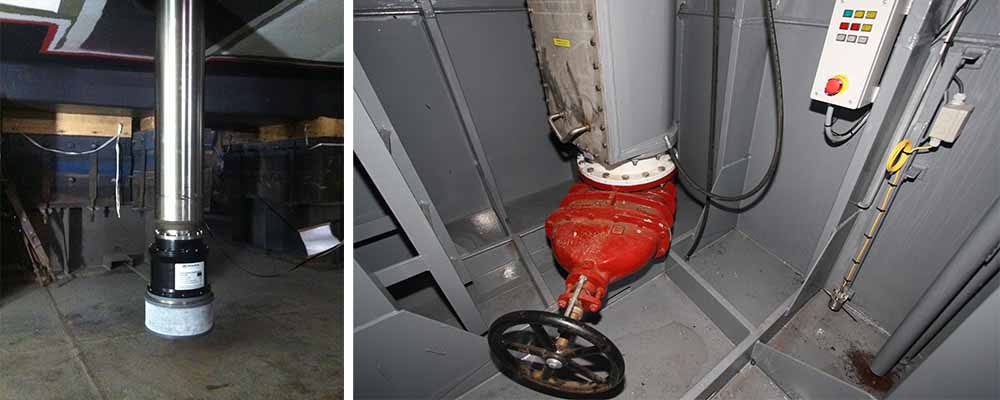
These are usually sited well away from sources of noise interference, such as azimuth thrusters and depth sounders – all of which have the potential to limit a sonar’s ability to detect threats at the maximum achievable range. We’ve a lot of experience installing acoustic and sonar instrument deployment machines on hundreds of vessels over more than forty years, with designs available that can be adapted to meet the requirements of installation through double hulls and in hazardous, eg. ATEX certified, areas.
How many sonars are required?
Smaller oil and gas tankers can be protected with a single sonar, ideally deployed as close to the centre of the vessel as possible. For larger vessels, for example the Suez-Max-class, a sonar close to the bow and another close to the stern would create an overlap to improve classification and tracking.
I mentioned at the start above-water security sensors such as CCTV and radar. Sentinel’s designed to work standalone, or in sync with these technologies. We regularly work with leading providers of maritime security systems including MarineGuard and MARSS to integrate Sentinel with bridge-based security systems for use on large private yachts, naval patrol vessels, cruise ships and commercial vessels.
The process begins with a phone call or an email to us. It is possible to do a lot of the planning based on a simple desk study, if PDF copies of general arrangement drawings of the vessel can be provided. This can allow a quick understanding of what is possible and the costs. Alternatively, a visit to your vessel would allow us to better understand your operational requirements and recommend the most economical option to close the gap in your tanker’s security. Get in touch today to learn more.
